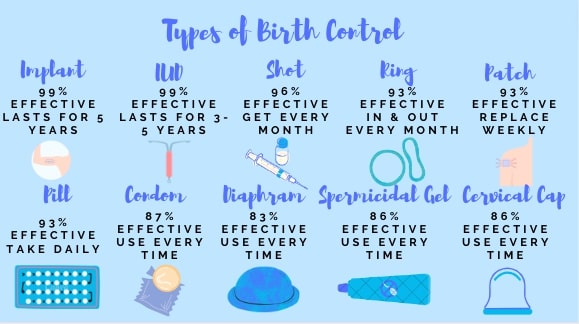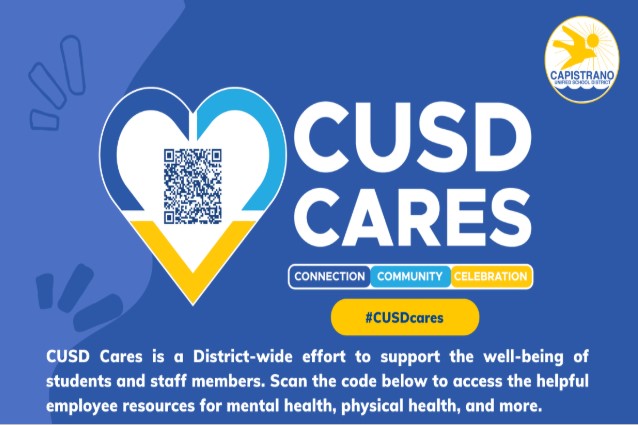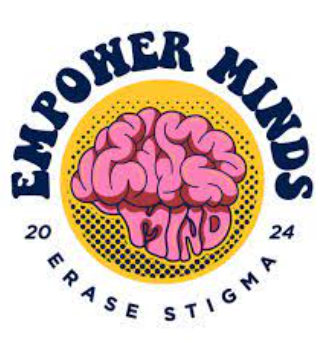Birth control, commonly known as contraception, is the use of medicine, devices, and surgery to prevent pregnancy. In addition to pregnancy prevention, different types of birth control can prevent sexually transmitted diseases, ovulation, and irregular menstruation. Many people use contraceptives to regulate their hormones or menstrual cycle.
In California, there are a variety of birth control options to choose from. These consist but are not limited to: Implant, IUD, shot, vaginal ring, patch, pill, condoms (female or male), and spermicidal gel. These birth controls contain different hormones to be preventative.
Many teens become curious about birth control for various reasons. According to Planned Parenthood often have irregular menstrual cycles; however, many parents are not open to discussing or educating their teens about it.
Most schools in California are required to educate their students about sexual health and education in a health class. During this course, they talk about birth control for pregnancy prevention. The education in schools is sometimes limited, however, due to parents.
“Some factors that should be considered when choosing birth control include: someone’s medical history, current medications, preference, amount of partners they had, and what their habits are in terms of smoking,” said Dr. Jamie Leavitt, an OBGYN from Providence Mission Hospital,
Many are apprehensive about using birth control because of the threat of side effects or aversion to taking medication. Hormonal birth control has a low risk of dangerous side effects without the use of other medications. But, there are many other types of birth control fit for different situations.
“Hormonal birth control has been around for more than 60 years, and millions of people have used it safely. It’s one of the most researched medicines in the world. Hormonal birth control is also more effective at preventing pregnancy than almost all non-hormonal methods,” says the Planned Parenthood website.
Everybody will respond differently to birth control, some having more effects than others. Birth control symptoms can mimic many menstrual cycle symptoms.
“Some common side effects are: irregular bleeding, breast tenderness, mood swings, nausea, headaches, and potential weight gain. The only non-hormonal birth control available is either condoms or the copper IUD, which the copper IUD still has side effects,” said Dr. Leavitt.
Birth control is not only for contraceptive purposes. STDs are also largely associated with birth control. Many seem to think that birth control protects or prevents STDs, however, they do not. The only effective way to prevent STDs is abstinence or use of condoms.
“Some kinds of hormonal birth control (like the pill, patch, ring, shot, implant, and the hormonal IUD) can do things like ease cramps and PMS, and make your periods lighter. The pill, patch, and ring can also help with acne and make your periods more regular. Almost everybody uses birth control at some point,” according to Planned Parenthood.
There are many options when it comes to reproductive health care. Some rely on Planned Parenthood, which provides helpful information and research, as well as affordable appointments and procedures. Others rely on independent gynecologists for things like information, check ups, and procedures. Their website has many links and infographics.
If you or someone you know is in need of birth control you can: talk to a trusted adult, talk to a doctor, or contact Planned Parenthood.








